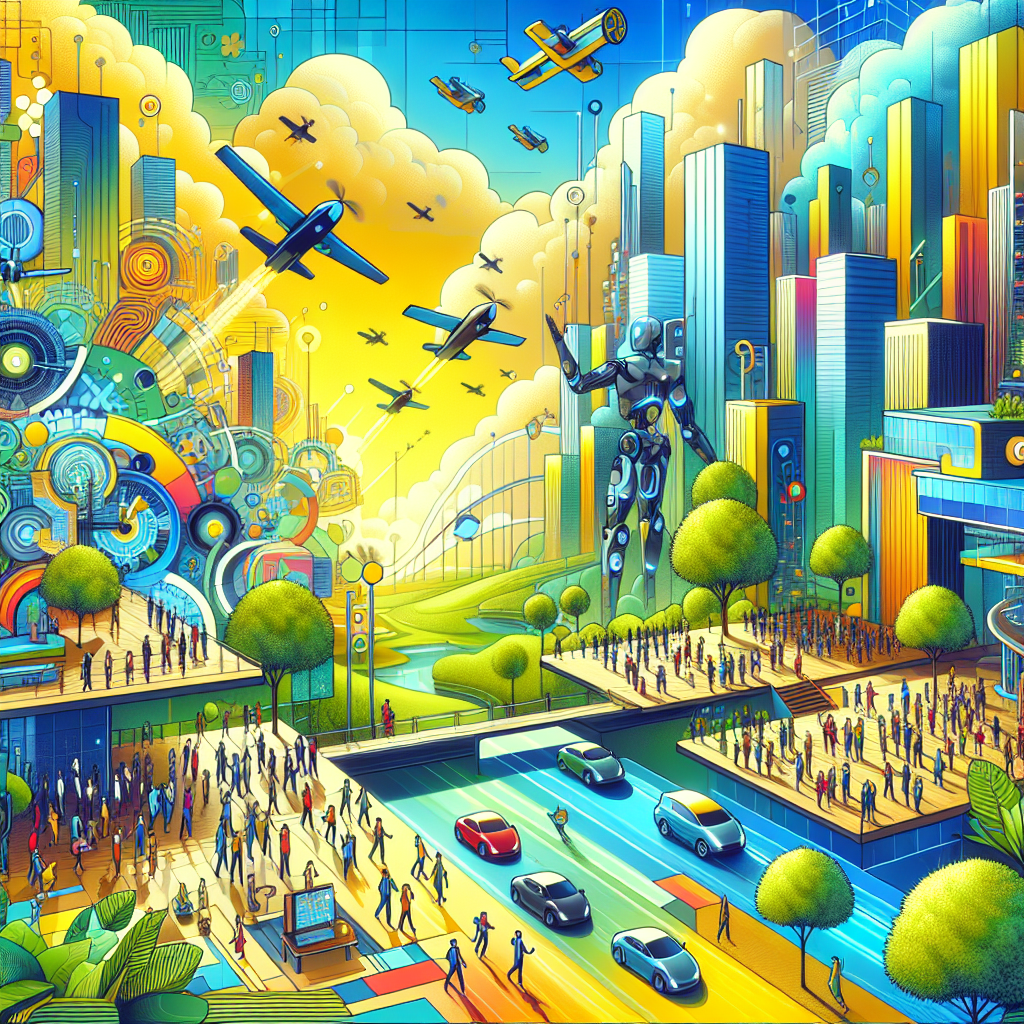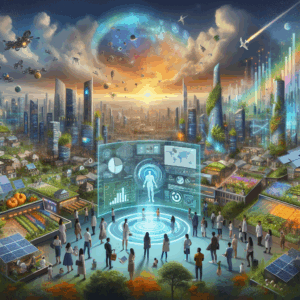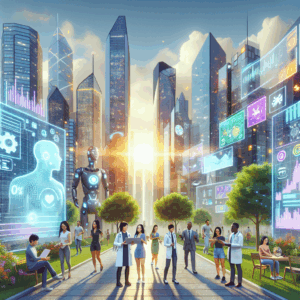Understanding Artificial General Intelligence (AGI): The Future of AI?
Artificial General Intelligence (AGI) represents a significant leap forward in the field of artificial intelligence, promising capabilities that could revolutionize numerous aspects of our lives. Unlike Narrow AI, which excels in specific tasks, AGI aims to match human intelligence across a wide range of cognitive tasks. This blog post delves into the definition of AGI, its differences from Narrow AI, current research developments, challenges, ethical considerations, potential applications, and future outlook.
1. What is AGI?
Artificial General Intelligence refers to a hypothetical AI system that possesses the ability to understand, learn, and apply knowledge across a wide range of tasks at a level comparable to human intelligence. AGI would not only excel in specific domains but also demonstrate reasoning, problem-solving, and learning capabilities akin to those of humans. This contrasts with Narrow AI, which is designed to perform a single task exceptionally well, such as facial recognition or playing chess.
Key Characteristics of AGI:
- General Intelligence: AGI would be capable of performing any intellectual task that a human can.
- Reasoning and Problem-Solving: It would have the ability to reason, solve problems, and make decisions based on incomplete or uncertain information.
- Learning and Adaptation: AGI would be able to learn from experience and adapt to new situations without needing explicit reprogramming.
2. The Difference Between Narrow AI and AGI
Narrow AI
Narrow AI, also known as weak AI, is designed to perform a specific task. It is trained on large datasets to excel in that particular domain but lacks the ability to generalize beyond its training data. Examples include virtual assistants like Siri or Alexa, which can understand voice commands but cannot apply their intelligence to other tasks.
AGI
AGI, on the other hand, aims to replicate human intelligence. It would be capable of understanding, learning, and applying knowledge across various domains, similar to how humans can switch between tasks like cooking, driving, or solving complex mathematical problems.
Comparison Table: Narrow AI vs. AGI
| Feature | Narrow AI | AGI |
|---|---|---|
| Task Scope | Specific tasks (e.g., image recognition) | General tasks (e.g., reasoning, problem-solving) |
| Learning Ability | Limited to predefined data | Can learn from experience and adapt |
| Intelligence Level | Specialized intelligence | Human-like intelligence across tasks |
3. Current State of AGI Research and Development
While AGI remains a theoretical concept, significant advancements in AI research are bringing us closer to achieving it. Organizations like DeepMind, Google, and Microsoft are actively involved in developing more sophisticated AI systems. Recent breakthroughs include the development of large language models (LLMs) that demonstrate improved reasoning capabilities, such as OpenAI’s GPT-4, which can pass complex exams like the Uniform Bar Examination[3].
However, achieving true AGI is challenging due to the complexity of human cognition and the need for AI systems to understand context, common sense, and nuanced decision-making.
4. Challenges and Ethical Considerations
Developing AGI poses significant challenges and raises ethical concerns:
- Technical Challenges: Creating an AI system that can generalize across tasks and learn from experience without explicit programming is a daunting task.
- Ethical Concerns: AGI could potentially lead to job displacement, privacy issues, and existential risks if not controlled properly. Ensuring that AGI aligns with human values and does not pose a threat to society is crucial.
5. Potential Applications of AGI
If achieved, AGI could revolutionize numerous fields:
- Healthcare: AGI could help in personalized medicine, disease diagnosis, and drug discovery.
- Education: It could tailor educational content to individual learning styles and abilities.
- Manufacturing: AGI could optimize production processes and improve product design.
6. Future Outlook for AGI
Predictions about AGI vary widely among experts. Some believe that AGI could be developed within the next few decades, while others argue that it may take longer or might not be achievable at all. The development of AGI would require significant advancements in areas like reasoning, learning, and common sense.
As we move forward, it’s essential to consider the societal implications of AGI and ensure that its development aligns with human values and safety standards.
Conclusion
Understanding AGI is crucial for appreciating the potential future of AI. While Narrow AI has already transformed many industries, AGI promises to take AI capabilities to a new level. However, it also raises important ethical and societal questions that need careful consideration. As research continues to advance, staying informed about AGI’s progress and implications is vital for shaping a future where AI enhances human life without posing undue risks.
External Links:





